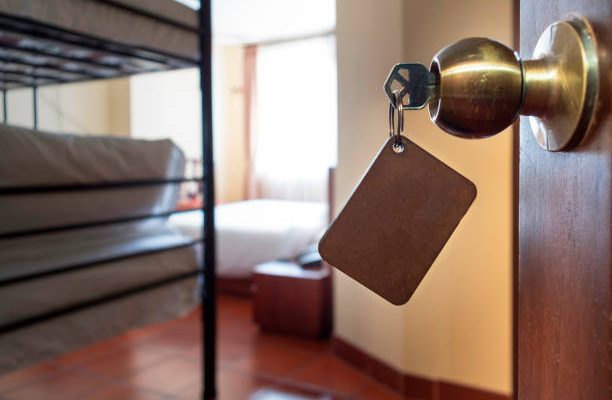Communication plays a crucial role in healthcare. Timely dissemination and sharing of information is critical for acute healthcare providers. Similarly, primary healthcare can be easily administered by using practical and handy communication channels. However, there are several factors that need to be taken into account before deciding upon an effective mode of communication in both primary and acute healthcare institutions. Reliability, coverage and confidentiality of transmitted information along with the institution’s capacity in handling the equipment, play an important role. Healthcare institutions can largely benefit from a mobile clinical staff and two way radios can provide prolific results if used effectively for sharing information.
Functionality and Build of Two Way Radios
Two way radios allow only one function at a time – either receiving or sending the signal. This helps the users efficiently communicate without interrupting the interlocutor. These devices are helpful in exchange of crisp information, rather than constant communication. Two way radios are also known as transceivers or walkie talkies.
Two way radios are simple devices made of primarily six components: power source, receiver, transmitter, microphone, speaker and the crystal. This implies that running and maintenance costs for these devices are not too high. Two or more communicating devices operate on the same radio frequency and a push-to-talk button switches the device between receiving and transmitting modes.
Primary Healthcare and its Challenges
There is a growing emphasis to offer primary Telehealth aruba healthcare to one and all. This requires creating an environment where equal emphasis is laid on healthcare for all individuals. However, shortage of trained medical practitioners poses a serious threat to achieving this objective. Medical planners have to focus on the use of technology to make the maximum use of the available resources.
Isolation of patients is a big problem that surfaces in primary healthcare. Patients who need medical attention are usually dispersed, especially in rural areas and may not have access to medical facilities. The supply of drugs and medical tests are difficult to conduct and this defeats the very objective of primary healthcare. Lack of communication is another major problem in administering primary healthcare.
A quick exchange of information offers a suitable solution to meet all these challenges. Two way radios enable exchanging of crucial medical information and gradation of current medical practices. The absence of advanced technologies in many locations also increases the importance of two way radio communication devices.
Using Two Way Radios in Primary Healthcare Settings
The most important use of two way radio in delivering primary healthcare is in connecting local medical practitioners with hospitals in cities and more advanced areas. This is critical to diagnosing a patient as well as for prescriptive purposes. A timely decision whether the patient must be referred to a hospital with advanced facilities can be crucial in saving lives. The hospital can also monitor the condition of a patient at another location through two way radios.
How well two way radio technology is implemented for primary healthcare will be dependent on medical and health protocols. Doctors in some countries contact health aides and monitor the situation of the patient by use of two way radios. The medical structure of a community and the country determines how effectively the two way radio can be used for primary healthcare.
Emergency situations can also be addressed by using two way radio. Lack of good transportation and communication facilities can jeopardize a community in case of a medical emergency. Two way radios can be used to send news of such medical exigencies to hospitals or district headquarters and help save many lives.
In some countries, two way radios are used to connect fieldworkers with doctors who are constantly on the move. Use of airplanes helps attend to critical patients in a very short time as soon as the news is delivered by way of two way radios.
Two way radios can also help in training field workers who play an important role in primary healthcare. It depends on the level of existing competence of the medical workers and the desired levels of training. Moreover, field workers can listen in to the conversation of co-workers with physicians and learn by observing the standard medical practices adopted in different cases.




